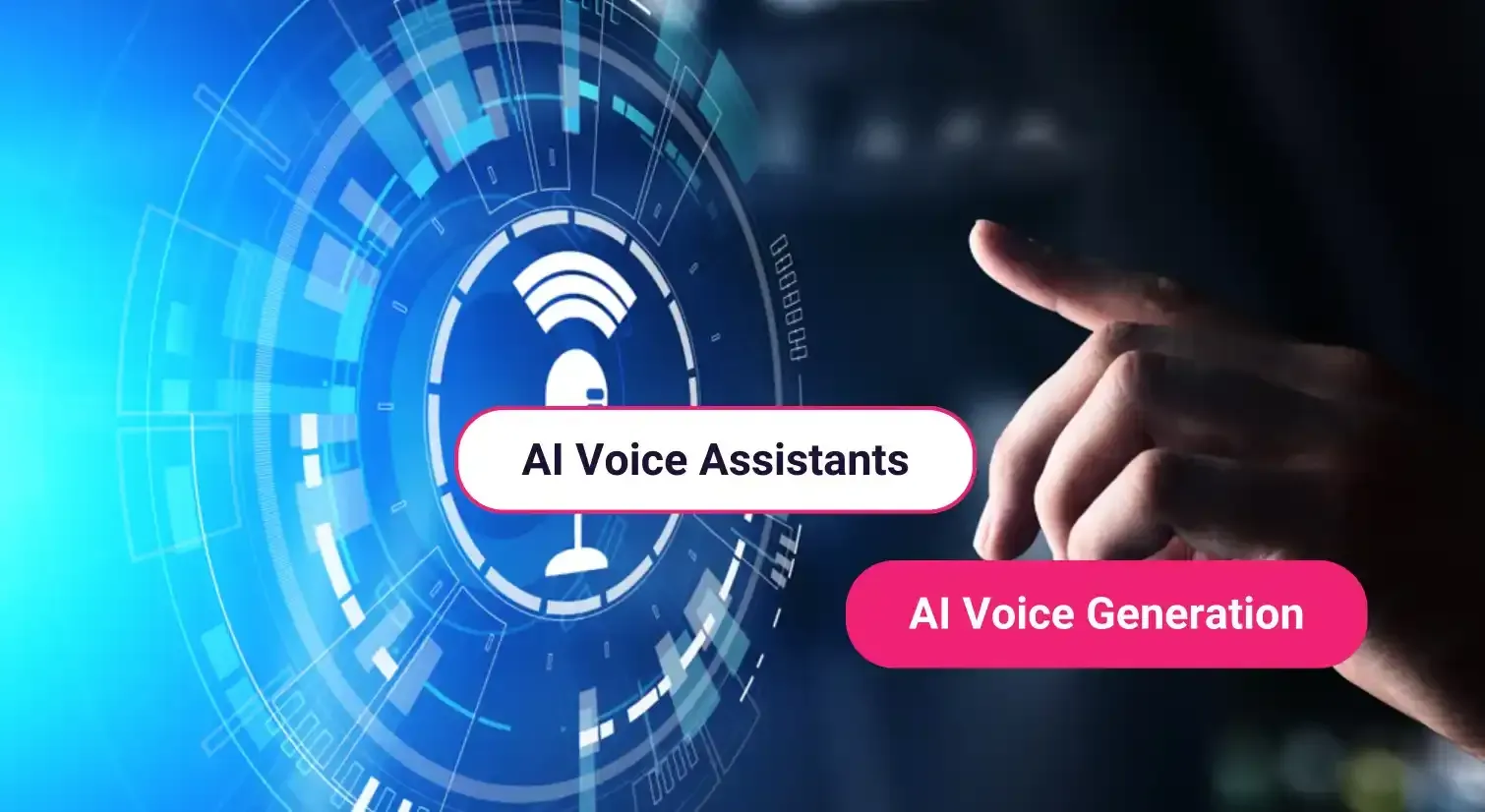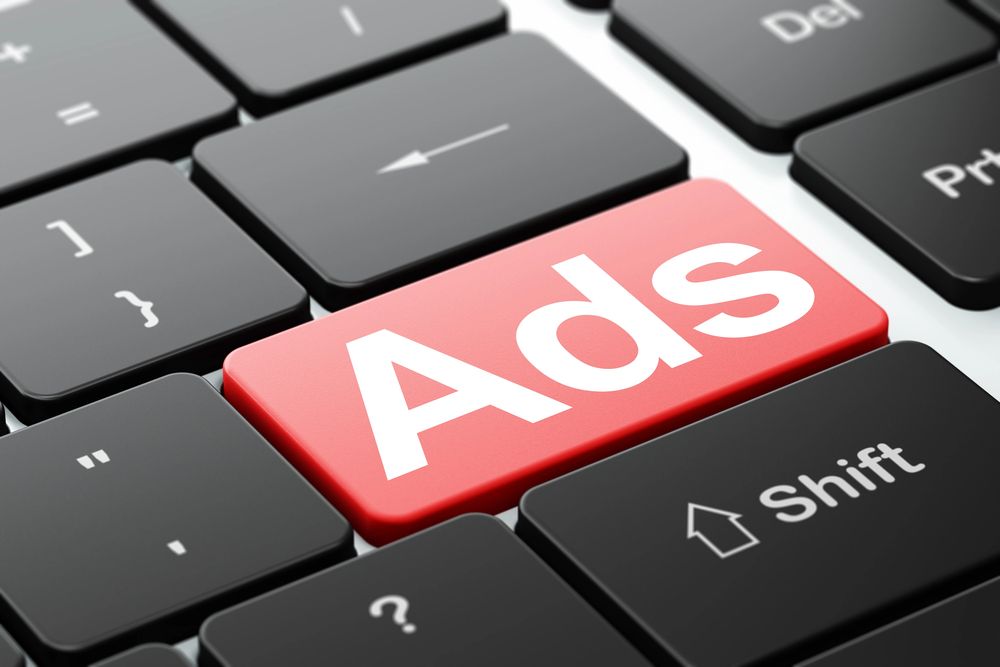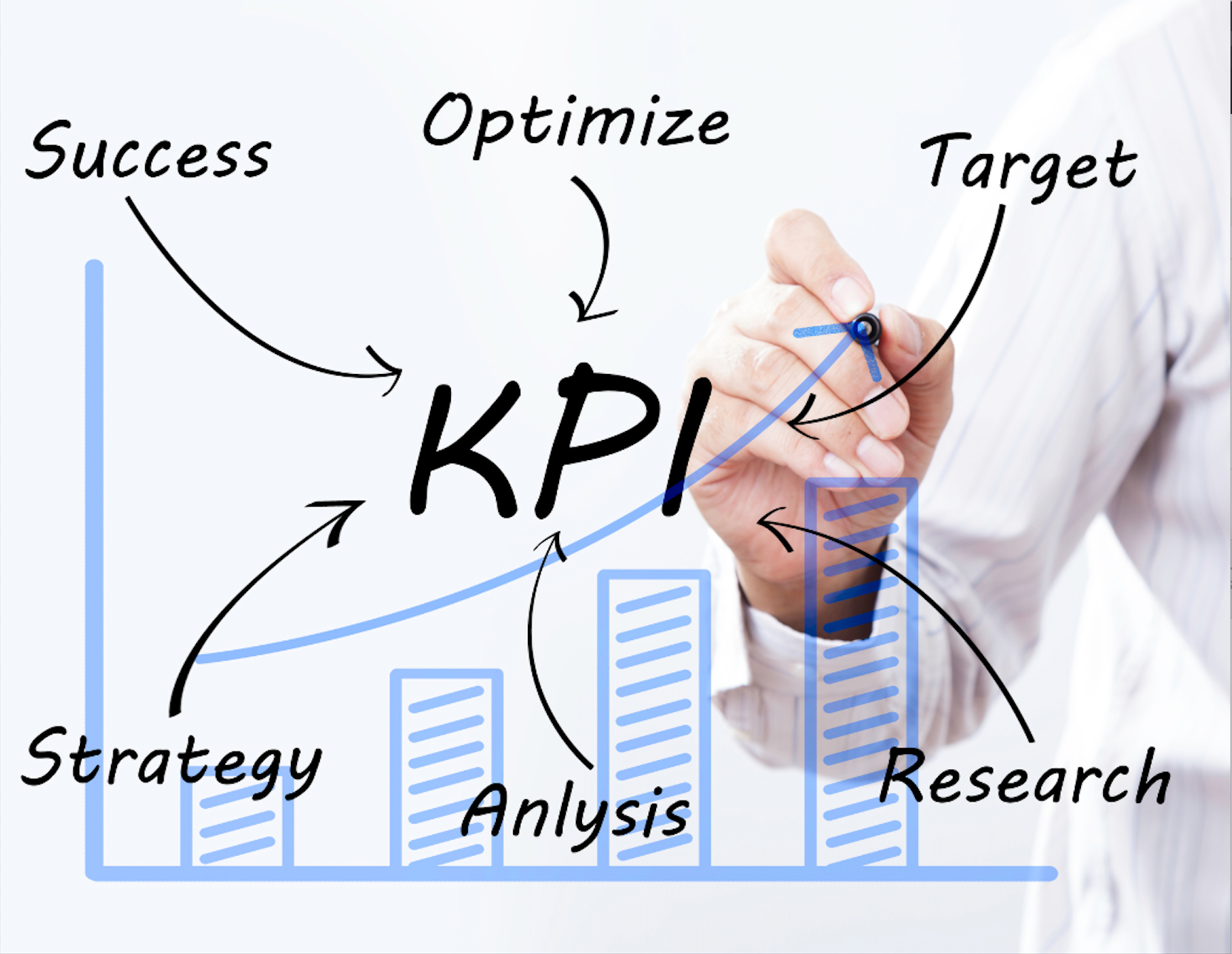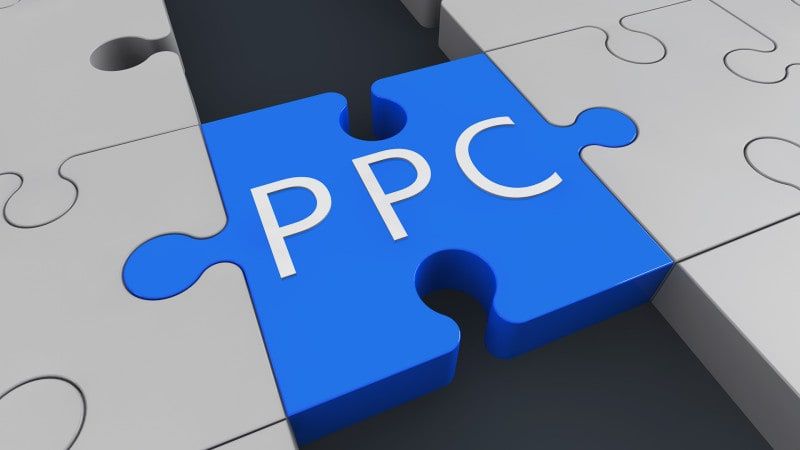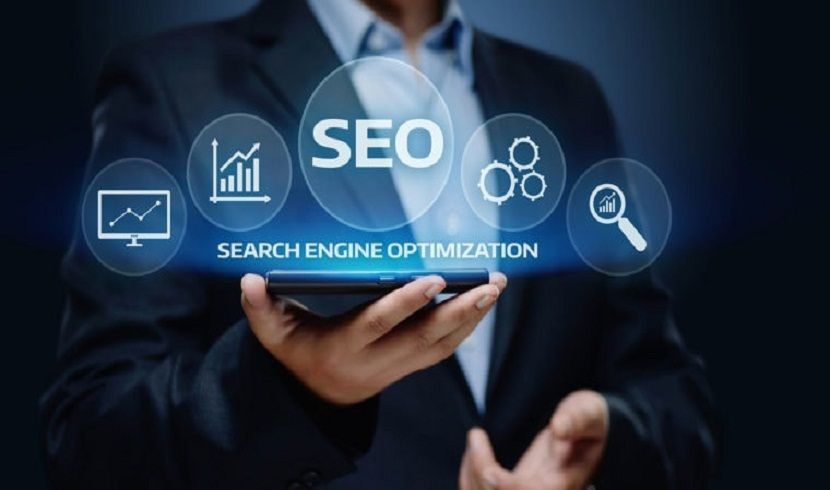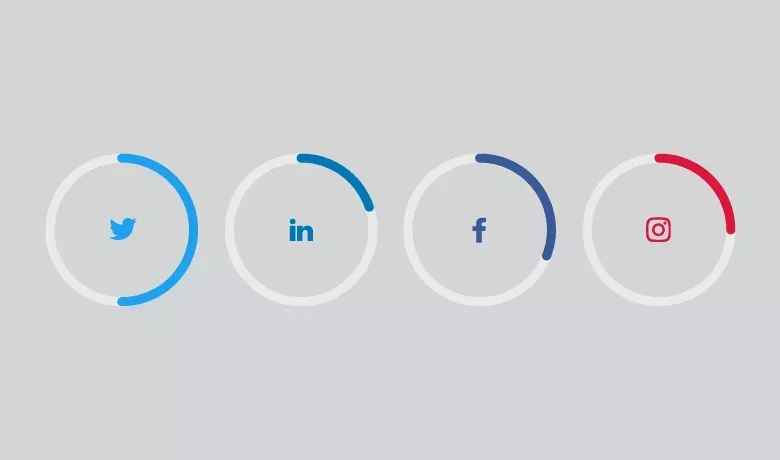Why Your Google Ads Aren't Working (Hint: It's Not Your Budget)
If your Google Ads are not converting, the problem is your strategy. Here’s what to fix to start seeing results.

If you're spending $2,000 a month on Google Ads, getting plenty of clicks, but your phone isn't ringing and your contact form isn't converting.
Your immediate thought: "We need to spend more money to get better results."
But here's the uncomfortable truth: throwing more money at a broken Google Ads system is like pouring water into a bucket with holes in the bottom. You might see temporary improvements, but you're fundamentally not addressing why people aren't converting after they click your ads.
After auditing hundreds of Google Ads accounts, I can tell you that budget is rarely the primary issue. The real problems are usually hiding in three specific areas that most business owners never think to check.
Problem #1:
Your Landing Page is Speaking a Different Language
Than Your Ad
This is by far the most common issue we see, and it's costing businesses thousands of dollars in wasted ad spend every month.
Here's how it typically happens: Your Google Ad promises
- "Fast Emergency Plumbing Repair ~ 24/7 Service,"
But when someone clicks through, they land on your general homepage that talks about your company history, shows photos of your team, and has a navigation menu with eight different service categories.
The prospect clicked because they have a plumbing emergency right now. They want to know: Can you come today? How much will it cost? How do I schedule service immediately?
Instead, they're reading about how your family-owned business has been serving the community since 1987.
This disconnect between ad promise and landing page delivery kills conversions faster than anything else. Google's data shows that businesses with strong message-match between ads and landing pages see conversion rates 2-3x higher than those without it.
The fix seems obvious but requires discipline: every ad should lead to a landing page specifically designed to fulfill the promise made in that ad. If your ad promises emergency service, your landing page should be entirely focused on emergency service booking. If your ad promotes a specific discount, that discount should be the first thing people see when they land on your page.
Problem #2:
You're Targeting Keywords, Not Intent
Most business owners approach keyword targeting like they're playing a word association game. They think, "I'm a dentist, so I should target 'dentist,' 'dental care,' 'teeth cleaning,' and anything else related to teeth."
But keywords aren't just words, they represent different stages of the customer journey and different levels of buying intent.
Someone searching for "how to whiten teeth naturally" is in research mode. They might not even be ready to visit a dentist yet. Someone searching for "emergency tooth pain relief near me" is ready to book an appointment today. Both searches involve teeth, but the intent and urgency are completely different.
Here's the strategic insight that changes everything:
- High-intent keywords often cost more per click but convert at much higher rates, making them more profitable overall.
- Low-intent keywords might seem like bargains, but they eat up your budget with clicks that never convert.
I worked with a law firm that was spending 60% of their budget on broad keywords like "personal injury lawyer" and "car accident attorney." These keywords generated lots of clicks but very few consultations.
When we shifted focus to high-intent phrases like "car accident lawyer near me," "I need a personal injury attorney," and "how to sue for car accident," their conversion rate tripled even though their cost per click increased.
Problem #3:
You're Flying Blind on Conversion Tracking
This one might be the most frustrating because it's completely invisible until you dig into it. Your Google Ads dashboard shows clicks and impressions, but it doesn't show you what happens after people reach your website.
Without proper conversion tracking, you're making optimization decisions based on incomplete data.
Here's what typically happens: Google's algorithm optimizes your campaigns to get more clicks, because that's the only data it has to work with. But clicks don't pay your bills – customers do. If Google doesn't know which clicks turn into customers, it can't optimize for what actually matters to your business.
Most businesses set up basic conversion tracking for form submissions or phone calls, but they're missing the deeper insights that drive real optimization.
- Which keywords generate leads that actually become customers?
- Which ad copy attracts serious prospects versus bargain hunters?
- Which times of day or days of the week produce the highest-value leads?
Without this data, you might be getting lots of leads that never close, while the campaigns that generate fewer but higher-quality leads get paused for "poor performance."
The Compound Effect of Multiple Problems
Here's where things get really expensive: these problems compound each other. Poor landing page alignment reduces conversion rates, which makes Google think your ads aren't relevant, which increases your cost per click, which forces you to target lower-intent keywords to stay within budget, which further reduces conversion rates.
It becomes a downward spiral where you're paying more to get worse results, and the natural response is to either increase budget (which doesn't solve the fundamental issues) or pause campaigns altogether (which means missing out on potential customers who are actively searching for your services).
The Diagnostic Questions You Should Ask
Before you change anything about your Google Ads budget or targeting, ask yourself these questions:
- Landing Page Alignment: When someone clicks your ad, does your landing page immediately and obviously deliver on the promise made in the ad? If there's any confusion about whether they've reached the right place, you have an alignment problem.
- Intent Matching: Are you targeting keywords that represent people ready to buy, or are you targeting keywords that represent people still researching? Both have value, but they require different strategies and different landing pages.
- Conversion Clarity: Do you know exactly which keywords, ads, and campaigns generate actual customers (not just leads)? If you can't answer this question with specific data, your conversion tracking needs work.
The Strategic Fix That Changes Everything
The most effective approach we've found is to start with your highest-intent keywords and create dedicated landing pages that speak directly to those searchers' immediate needs.
Then implement comprehensive conversion tracking that follows leads all the way through to actual sales. This might mean targeting fewer keywords initially, but it means every keyword you target is optimized for actual business results rather than vanity metrics like clicks or impressions.
I worked with a home renovation company that was struggling with Google Ads performance. They were targeting 847 different keywords and sending all traffic to their homepage. We narrowed their focus to 23 high-intent keywords and created specific landing pages for each service category.
Their click-through rates improved because the ads were more specific. Their conversion rates improved because the landing pages matched the ad promises. Their cost per conversion dropped by 60% because Google's algorithm could optimize based on actual conversions instead of just clicks.
Most importantly, their phone started ringing with qualified prospects instead of tire-kickers.
The Real Investment Required
Here's the part that many business owners don't want to hear: fixing Google Ads performance usually requires an investment in landing page development and conversion tracking setup before you see results. It's not simply tweaking ad copy or adjusting bids.
Once you have proper alignment between ads, landing pages, and conversion tracking, your Google Ads performance becomes predictable and scalable. You know exactly how much you need to spend to generate a specific number of customers, and you can increase that spend confidently.
The alternative is continuing to spend money on a system that generates activity but not results. And in the long run, that's far more expensive than doing it right the first time.
Your Google Ads aren't failing because you need a bigger budget. They're failing because there's a disconnect between what you're promising in your ads and what you're delivering on your website. Fix that alignment, and you might be surprised how much better your current budget performs.

